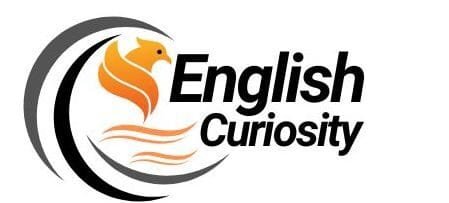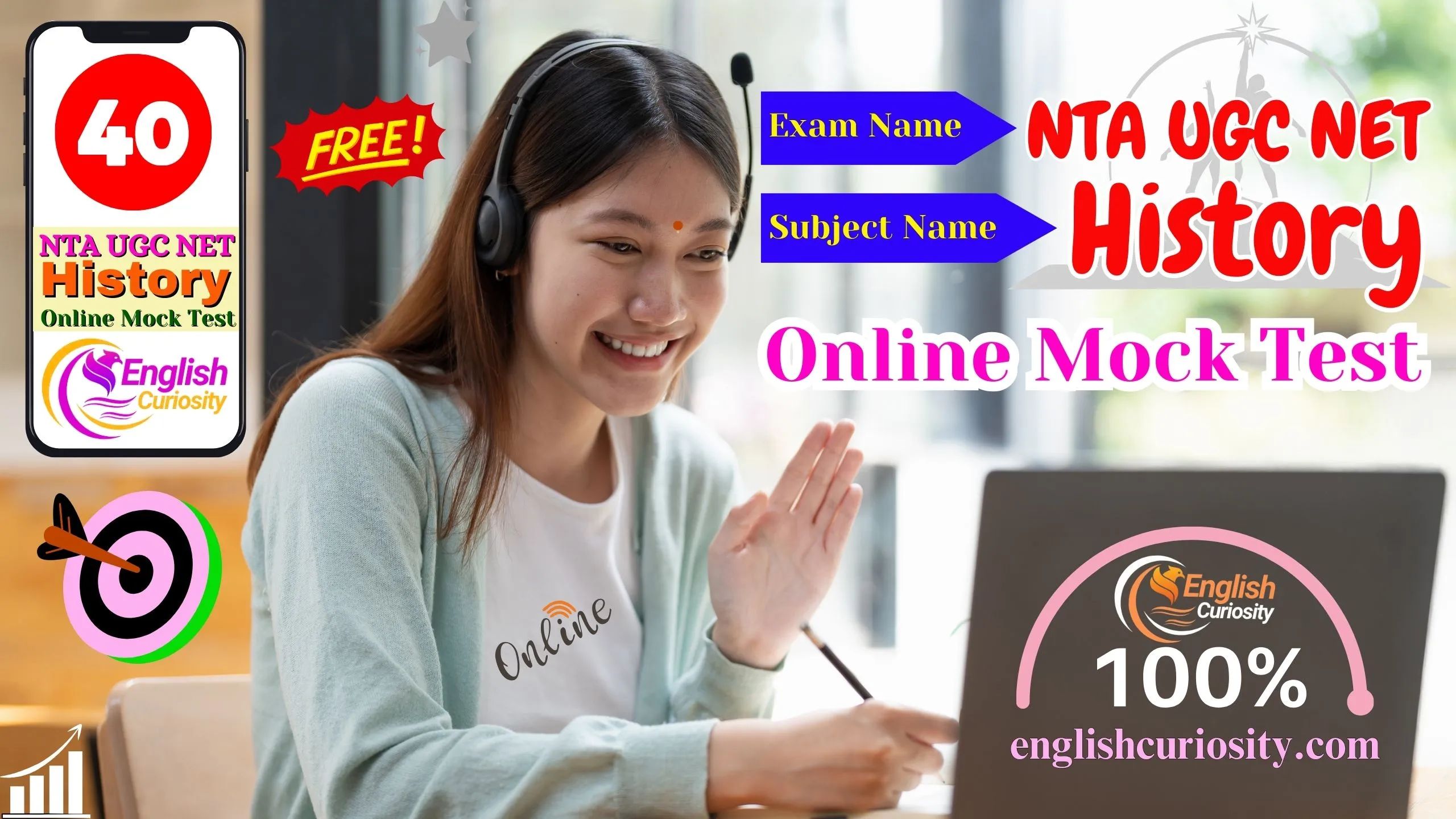2025 NTA UGC Net History Online Mock Test 40 held in India: 25 multiple-question answers from the history topic of the UGC NET Exam are given below.
NTA UGC Net History Online Mock Test 40
1. Which of the following cities have been described as ‘caravan cities’ in the post-Mauryan context?
- (a) Shrughna and Hastinapur
- (b) Mathura and Kausambi
- (c) Charsada and Taxila
- (d) Taxila and Tamralipti
2. A source which mentions that Asoka founded the city of Srinagar in Kashmir, is:
- (a) Mahavamsa
- (b) Kalhana’s Rajatrangini
- (c) Huen Tsang’s account
- (d) (b) and (c) above
3. The entire Fourth Book of Kautilya’s Arthashastra deals with Kantakasodhana, which means:
- (a) The suppression of criminals and other antisocial elements
- (b) Criminal justice
- (c) Both (a) and (b) above
- (d) Intelligence and espionage
4. The longest and the most important Pillar Edict of Asoka, inscribed 27 years after his coronation, is Pillar Edict No.:
- (a) III
- (b) IV
- (c) V
- (d) VII
5. The Rock Edict XII sets forth the principles of religious toleration and constitutes one of the noblest documents in human history. Which one of the following was not one of the principles of Asoka’s policy of religious toleration as enunciated in the said documents:
- (a) Promotion of the essentials of all sects
- (b) Neither praising one’s own sect nor blaming other sects
- (c) Religious concord
- (d) Honouring the ethical precepts of all religious sects
6. The general designation applied by Megasthenes to the officials of the rural branch of administration was:
- (a) Astynomoi
- (b) Agronomoi
- (c) Satrap
- (d) Agrammes
7. The five Hellenic kings, all contemporaries of Asoka, found mentioned in Rock Edict XIII, are:
- (a) Antiochus, Ptolemy, Antigonus, Magas and Alexander
- (b) Antiochus, Arrian, Appian, Plutarch and Magas
- (c) Antiochus, Nearchus, Hercules, Magas and Alexander
- (d) Diogenes, Hercules, Diodotus, Magas and Alexander
8. There is little similarity between Kautilya’s Arthashastra and Plato’s Republic because of the Arthashastra.
- (a) Does not look upon politics as a branch of philosophy
- (b) Keeps personal morality distinct from public good
- (c) Is thoroughly practical and is only concerned with the problems of governance of a state
- (d) All the above
9. The famous Schism (Minor Rock) Edict is addressed to the:
- (a) Buddhist Samgha
- (b) All followers of Buddhism
- (c) The officers of Kausambi/Pataliputra
- (d) Dhamma-mahamatras
10. Which ruling dynasty started to issue the first Indian cast coins?
- (a) Mauryas
- (b) Shungas
- (c) Kanvas
- (d) Guptas
11. The purpose of getting three cave edicts inscribed by Asoka was:
- (a) To grant the caves to Ajivikas
- (b) To maintain unity in the Buddhist Sangha
- (c) To express reverence to the Buddha, Dhamma and Samgha
- (d) To commemorate the construction of the Stupa of Buddha Konakamana
12. Who was the chief priest in the asvamedha yajna performed by Pushyamitra?
- (a) Patanjali
- (b) Manu
- (c) Yajnavalkya
- (d) Vashishtha
13. Match list ‘A’ with the list ‘B’ and choose the correct answer from the codes given below:
| A | B |
|---|---|
| 1. Satavahana | A. Maues |
| 2. Shunga | B. Pushyamitra |
| 3. Saka | C. Simuka |
| 4. Tocharian | D. Kujula Kadphises |
Codes:
| – | 1 | 2 | 3 | 4 |
|---|---|---|---|---|
| (a) | B | A | D | C |
| (b) | A | B | C | D |
| (c) | C | B | A | D |
| (d) | B | C | D | A |
14. In Pillar Edict III, Asoka mentions productive sins, which are:
- (a) Cruelty, harshness, anger, pride and envy
- (b) Violence, anger, greed and pride
- (c) Anger, arrogance, hypocrisy and envy
- (d) Violence, anger, cruelty and greed
15. Which family retained the title senapati even after becoming the ruling dynasty?
- (a) Gahadavalas
- (b) Satavahanas
- (c) Kanvas
- (d) Shungas
16. Which ancient Indian City was destroyed by a Cyclone?
- (a) Kalinganagar
- (b) Arikamedu
- (c) Sisupalgarh
- (d) Nagarjunakonda
17. In several early inscriptions this era is referred to as “the Era handed down by the Malava tribe”. Which of the following eras is this?
- (a) Gupta Era
- (b) Shaka Era
- (c) Vikrama Era
- (d) Buddha Era
18. Match list ‘A’ with list ‘B’ and choose the correct answer from the codes given below:
| List ‘A’ | List ‘B’ |
|---|---|
| 1. The Kushanas | A. The restorer of varnasrama-dharma |
| 2. The Satavahanas | B. First inscription in chaste Sanskrit |
| 3. The Sakas (western) | C. Visit of St. Thomas |
| 4. Parthians | D. Largest number of copper coins |
Codes:
| – | 1 | 2 | 3 | 4 |
|---|---|---|---|---|
| (a) | A | B | C | D |
| (b) | D | A | B | C |
| (c) | D | A | C | B |
| (d) | A | B | D | C |
19. Who of the following is called dhanyakataka swami?
- (a) Gautamiputra
- (b) Vasithiputra
- (c) Kosikiputra
- (d) Madhariputra
20. A statue of which Indian goddess was found at Pompeii?
- (a) Saraswati
- (b) Lakshmi
- (c) Durga
- (d) Parvati
21. The earliest epigraphic evidence of the term maharaj indicating imperial status of a king appear in:
- (a) Maira Well Inscription
- (b) Taxila Copper Plate of Kshatrap Patika
- (c) Nanaghat Cave Inscription of Nayanika
- (d) Hathigumpha Inscription of Kharavela
22. Ptolemy’s king Siro Ptolemaios is identified with?
- (a) Kharavela
- (b) Pushyamitra
- (c) Vasithiputra Pulumayi
- (d) Sri Satakarni
23. A good number of gold coins of the ruler of this dynasty have been discovered in the cemetery of a very old monastery in Northern Ethiopia. To which of the following dynasties do these kings belong?
- (a) Kushana
- (b) Saka
- (c) Gupta
- (d) Satavahana
24. Which of the following king’s (of early historical period) coin was found to be in circulation in 1942?
- (a) Ashoka
- (b) Menander
- (c) Appolodotus
- (d) Kharavela
25. The administrative organisation of the Mauryan State as described by Megasthenes is divided under three heads, which are:
- (a) Civil, Military and Judicial
- (b) Central, Provincial and District
- (c) Rural, City and Military administration
- (d) Central, Military administration and Revenue
1-c, 2-d, 3-c, 4-d, 5-d, 6-b, 7-a, 8-d, 9-c, 10-b, 11-a, 12-a, 13-c, 14-a, 15-d, 16-a, 17-c, 18-b, 19-a, 20-b, 21-d, 22-c, 23-a, 24-b, 25-c

